Collection Kakkonen: Finnish glass and ceramics at Espoo Museum of Modern Art
Espoo Museum of Modern Art (EMMA) in Finland opens a new gallery showing Finnish glass and ceramics of Collection Kakkonen, from midcentury to contemporary
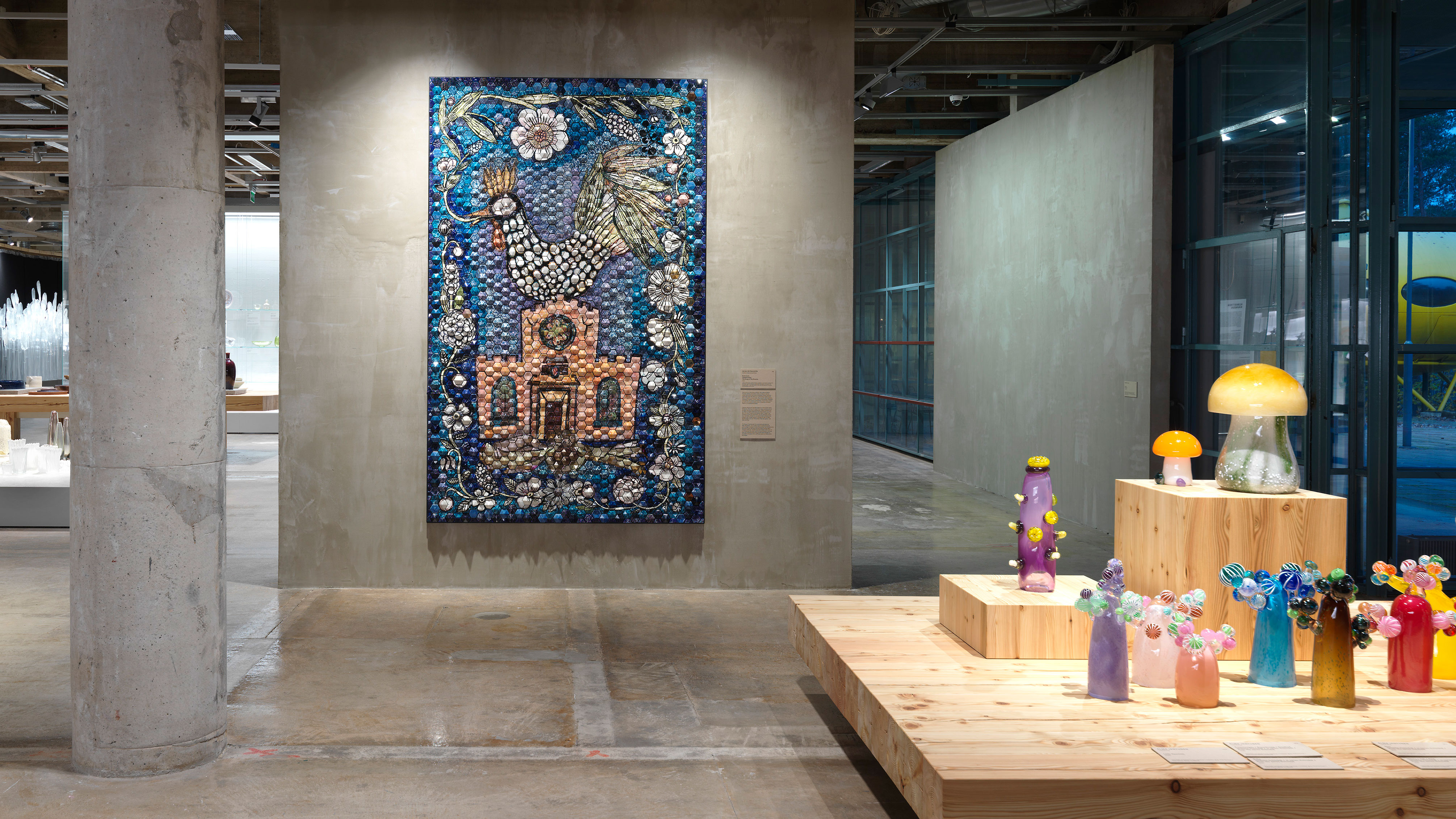
The most surprising thing about the new Finnish glass and ceramics gallery showing works from Collection Kakkonen at the Espoo Museum of Modern Art (EMMA) is that it has taken so long. That it has happened at all is thanks to the efforts of the museum’s directors and the benevolence of Finnish collector Kyösti Kakkonen, who together spent a decade deciding what would fill the 1,000 sq m space.
Collection Kakkonen: 1,300 Finnish glass and ceramics objects
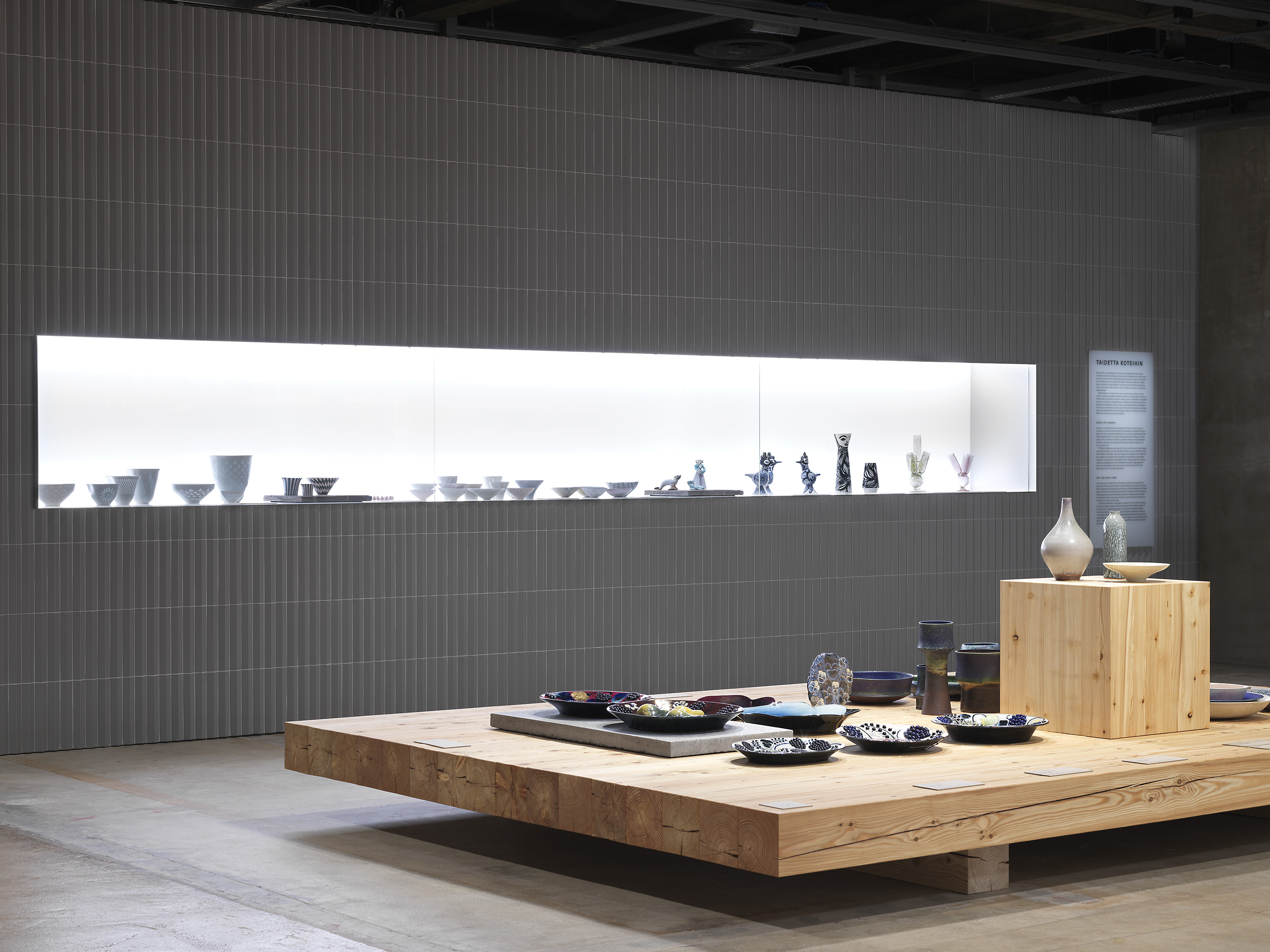
Collection Kakkonen, EMMA, Exhibition Centre WeeGee, 2022
All the great names – Kaj Franck, Timo Sarpaneva, Tapio Wirkkala – are there, along with lesser-known names, and female designers, who make up half of Kakkonen’s 10,000-piece collection. EMMA only has access to 1,300 works (so far) and will rotate them frequently, but the debut show kicks off in splendour. Oiva Toikka’s 2m-long Forest of Glass, made for an exhibition at the Finnish Embassy in Washington DC in 2003, marks the entrance, and an opening wall features a work from each of the 38 designers in the show, along with background information on each.
Kakkonen’s first purchase, in 1988, was the estate of Toini Muona – ‘a bohemian with many (male) lovers’, whom he wished he had met. She died in 1987, but worked during the Golden Age from the 1930s to the 1960s, when Finland evolved from post-war poverty into a prosperous nation state – with design clout, thanks in part to the Arabia porcelain factory, which encouraged its artists to experiment. Kakkonen, the eldest of six brothers born into a poor farming family, made his fortune during this time with discount retail chain Tokmanni, which is still the largest in the country.
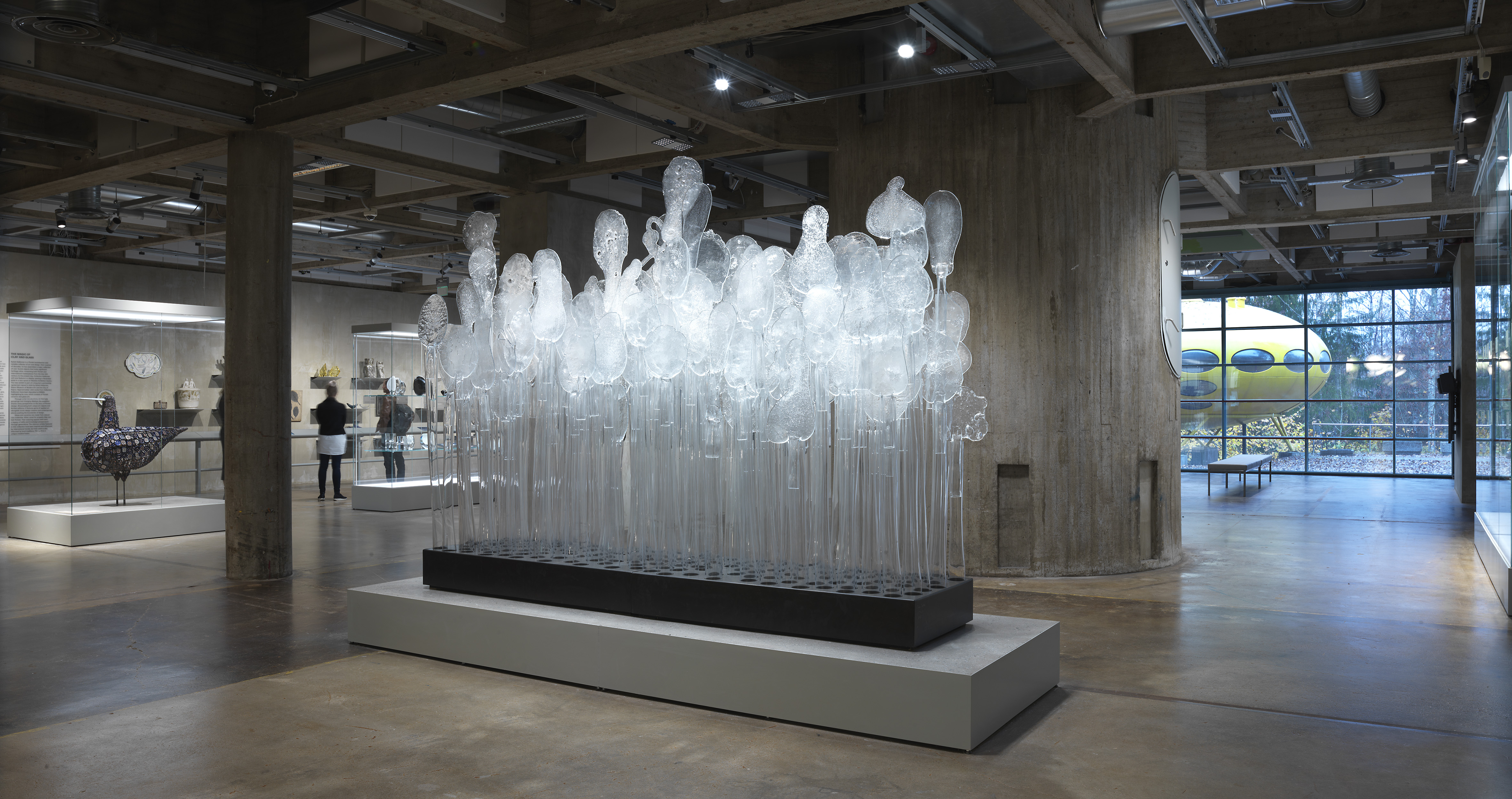
Works are grouped thematically and range in colour, form and scale, from Franck’s Art Kiwi figurines to Markku Salo’s Gazebo, a ceiling-height glass tepee with its own ecosystem. Techniques include frosted glass, popularised by Wirkkala in the 1960s, and the translucent rice grain technique, reserved for special-occasion ceramics. Many of the works are one-offs, but a section titled ‘Art for Every Home’ includes pieces that were commonplace in Finnish households, among them Aino Aalto’s ‘Bölgeblick‘ series and her husband Alvar’s ‘Savoy’ vases, which are still in production today.
With 6,500 sq m of gallery space, EMMA is the largest museum in Finland and is located inside the WeeGee Exhibition Centre, a 1960s landmark designed by Finnish architect Aarno Ruusuvuori. A prime example of Finnish constructivism, the building features acres of concrete, a 100m-long glass façade and no fixed internal walls. Displaying glass and ceramics in such brutalist surroundings can be challenging, but the curators have conjured a soft, warm space thanks to display tables made from rammed earth and 100-year-old larch logs felled near Kakkonen’s hometown. Matti Suuronen’s Futuro House, a portable yellow ski cabin that looks like a UFO, sits on the forest floor outside and is also free to visit.

Kakkonen is still an avid collector and a quarter of the exhibition is dedicated to contemporary artists. Sculptor Kim Simonsson’s acid-coloured, pixy-ish Moss People sit alongside colour-popping abstract pieces by glassblower Alma Jantunen. To celebrate the new gallery, Kakkonen commissioned female artist Heini Riitahuhta to make a piece. Entitled Song of the Rooster, it features 2,000 ceramic disks, took 2,500 hours to make and features a cockerel and a church in homage to ceramicist Rut Bryk (whose open studio, along with that of her late husband Wirkkala, is on the first floor).
But Kakkonen’s favourite work is Bead Bird (Curlew) by Birger Kaipiainen, which won a Grand Prix at the Milan Triennale in 1960. The late Kaipiainen favoured motifs such as birds, flowers, and clocks, and the bird’s chest features disks depicting a time of 12.15pm. For Kakkonen this was serendipitous: ‘It was the time I was born,’ he says. ‘When I saw this, I knew it was a sign.’
Receive our daily digest of inspiration, escapism and design stories from around the world direct to your inbox.
emmamuseum.fi
@collectionkakkonen


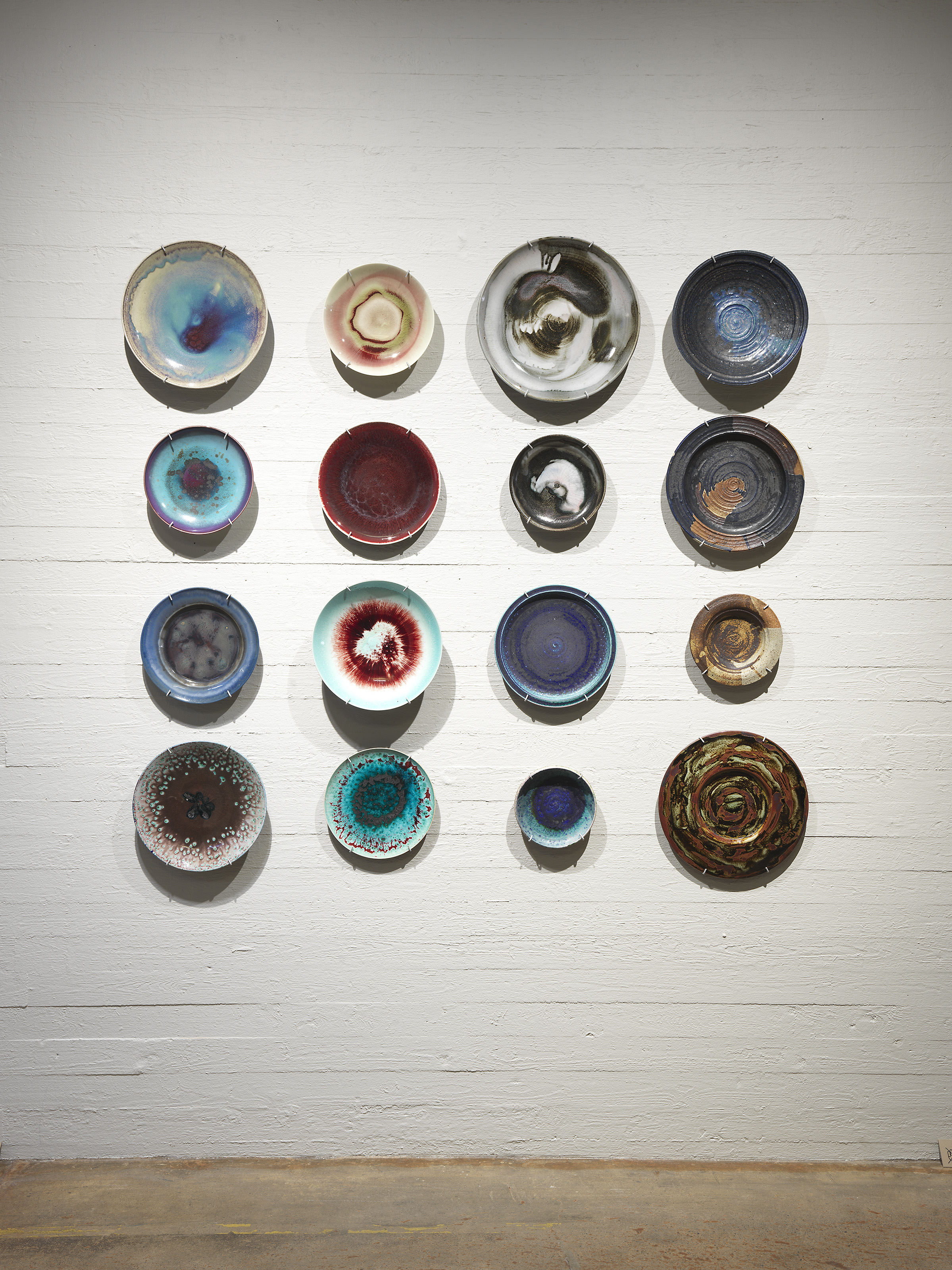
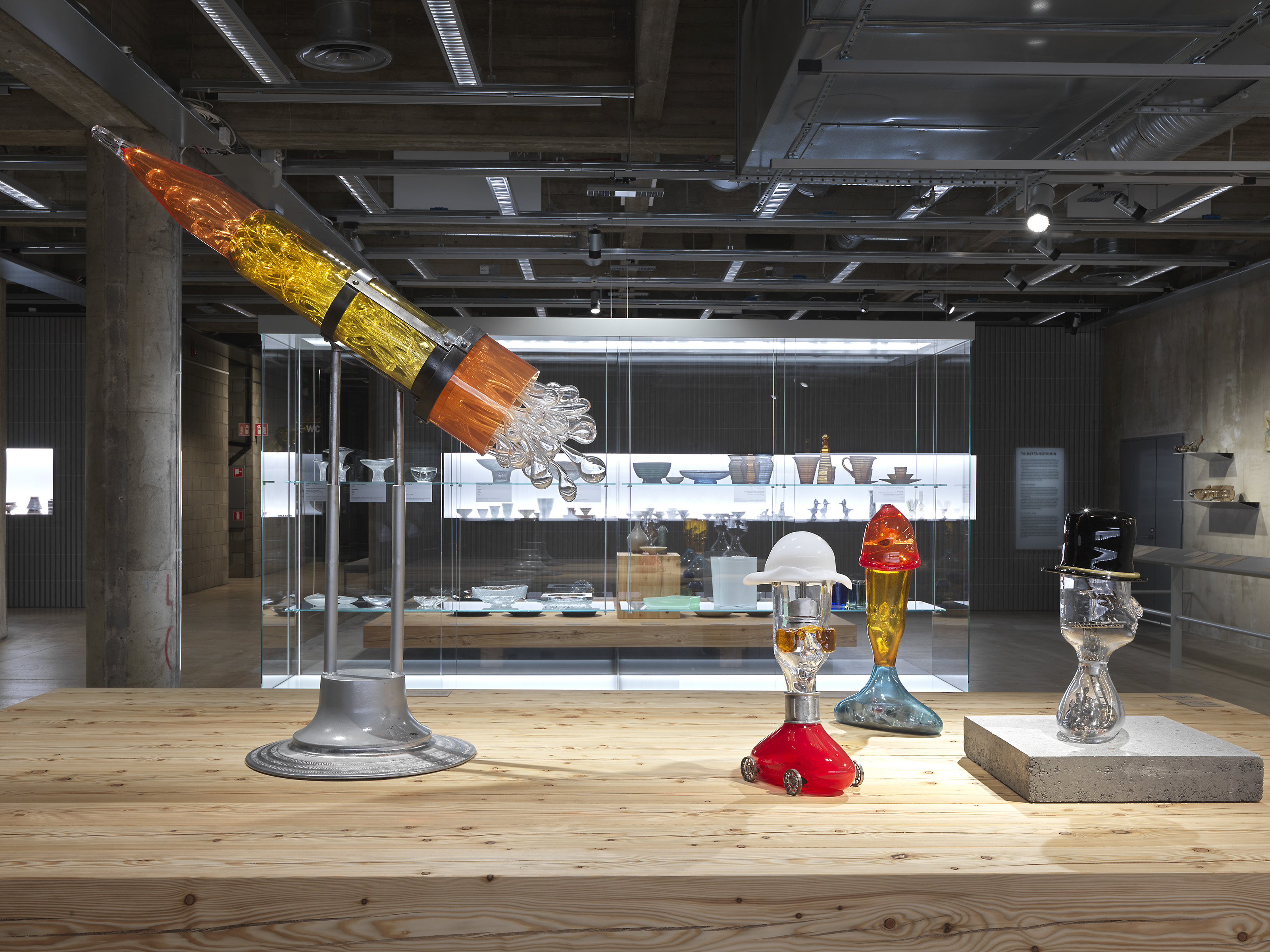
Emma O'Kelly is a freelance journalist and author based in London. Her books include Sauna: The Power of Deep Heat and she is currently working on a UK guide to wild saunas, due to be published in 2025.
-
 What one writer learnt in 2025 through exploring the ‘intimate, familiar’ wardrobes of ten friends
What one writer learnt in 2025 through exploring the ‘intimate, familiar’ wardrobes of ten friendsInspired by artist Sophie Calle, Colleen Kelsey’s ‘Wearing It Out’ sees the writer ask ten friends to tell the stories behind their most precious garments – from a wedding dress ordered on a whim to a pair of Prada Mary Janes
-
 Year in review: 2025’s top ten cars chosen by transport editor Jonathan Bell
Year in review: 2025’s top ten cars chosen by transport editor Jonathan BellWhat were our chosen conveyances in 2025? These ten cars impressed, either through their look and feel, style, sophistication or all-round practicality
-
 Eddie Olin's furniture that merges heavy metal with a side of playfulness
Eddie Olin's furniture that merges heavy metal with a side of playfulnessWallpaper* Future Icons: London-based designer and fabricator Eddie Olin's work celebrates the aesthetic value of engineering processes
-
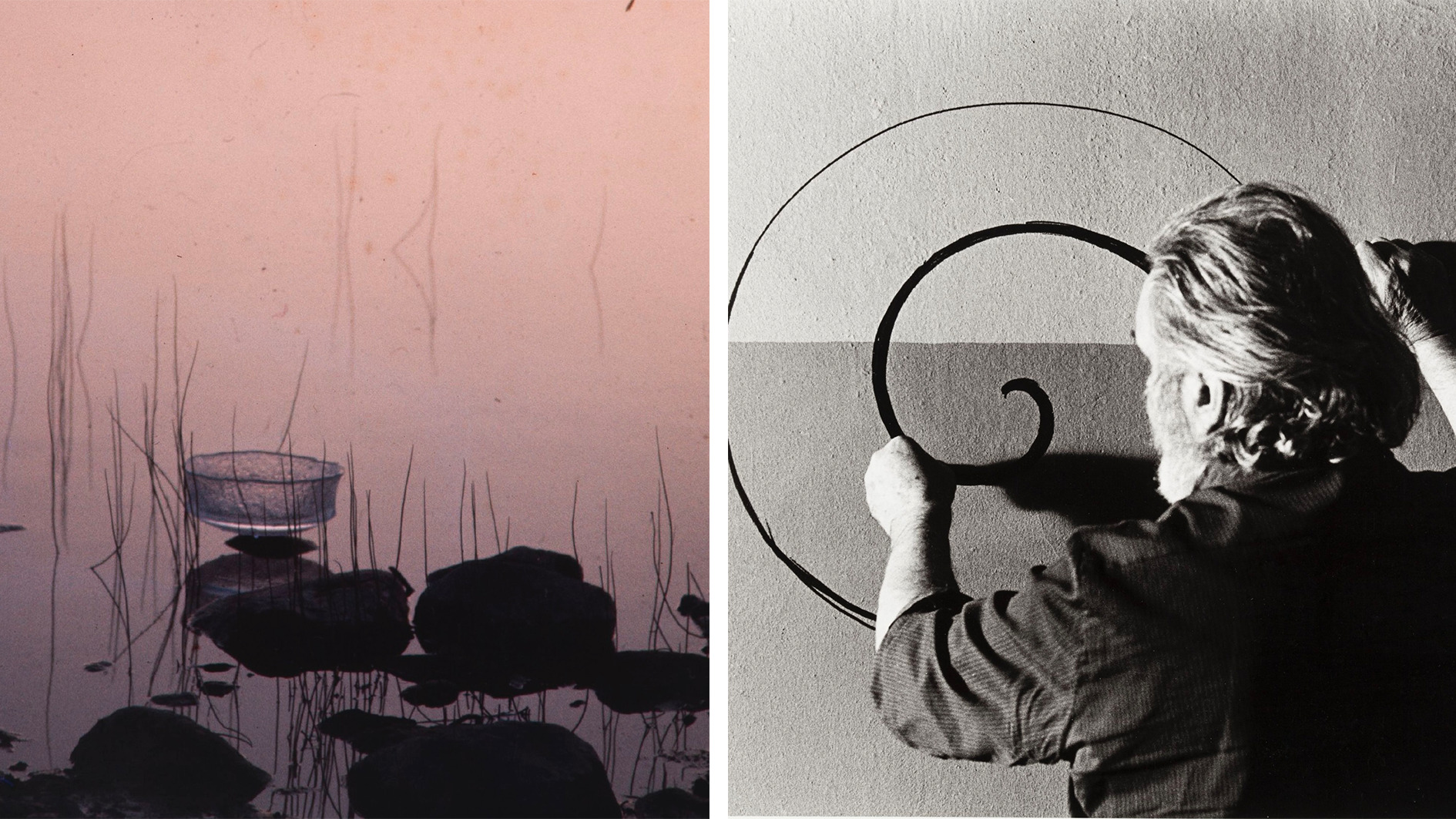 Inside the world of Tapio Wirkkala, the designer who created masterpieces in remotest Lapland
Inside the world of Tapio Wirkkala, the designer who created masterpieces in remotest LaplandThe Finnish artist set up shop in an Arctic outpost without electricity or running water; the work that he created there is now on display at a retrospective in Japan
-
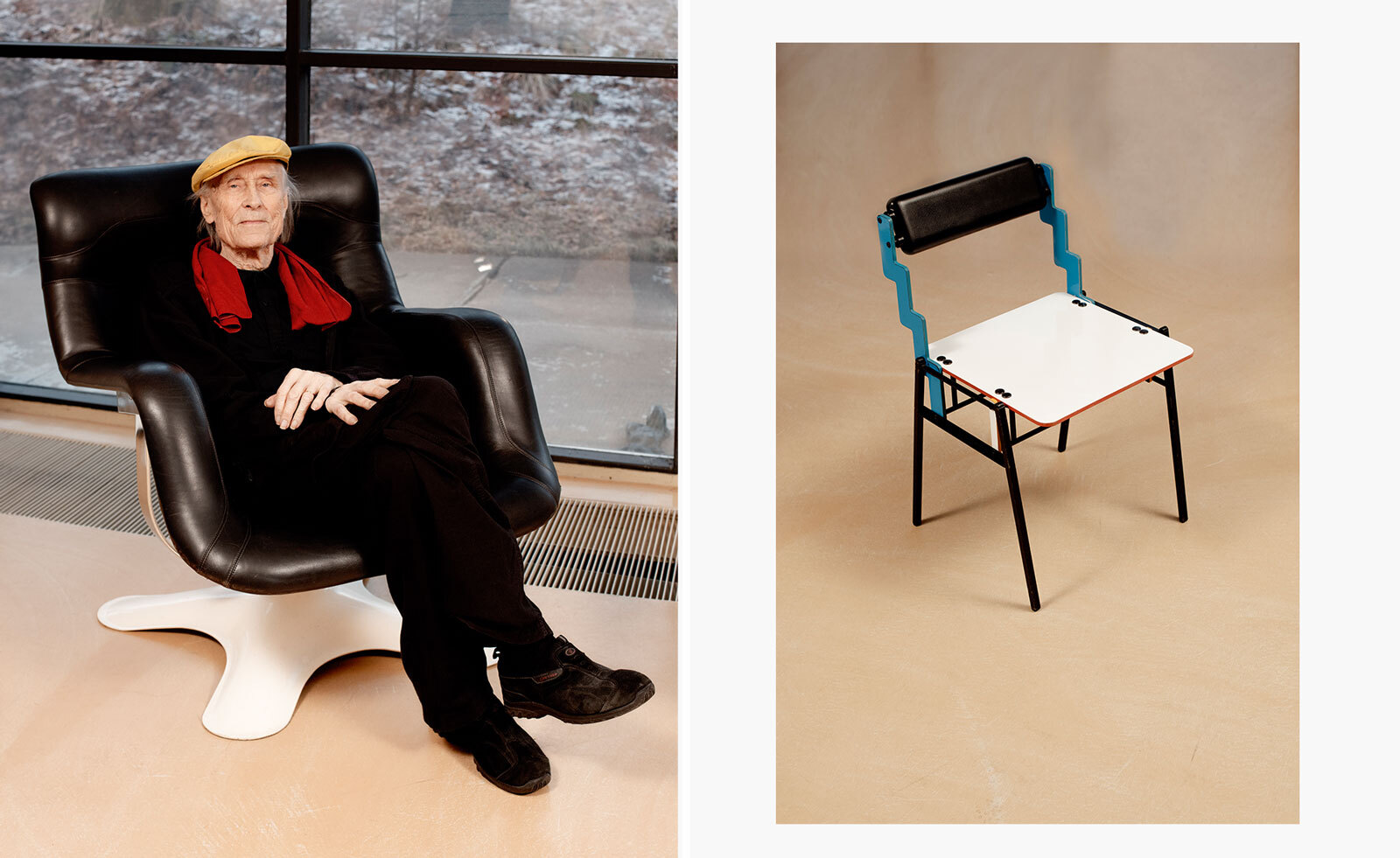 Remembering Yrjö Kukkapuro, Finnish grand master of design (1933-2025)
Remembering Yrjö Kukkapuro, Finnish grand master of design (1933-2025)Almost everyone in Finland has sat in a chair by designer Yrjö Kukkapuro, writes Wallpaper’s Emma O'Kelly, who met him at his studio in 2020 and here pays tribute to a design legend
-
 A new era for Iittala: inside the Finnish company's rebrand
A new era for Iittala: inside the Finnish company's rebrandIittala hails a new era, led by creative director Janni Vepsäläinen, and marked by a new logo and collections that pay homage to Aino and Alvar Aalto's heritage
-
 Finnish Design Shop in Turku draws on the surrounding forest for its organic design
Finnish Design Shop in Turku draws on the surrounding forest for its organic designDiscover the natural aesthetic of the Finnish Design Shop
-
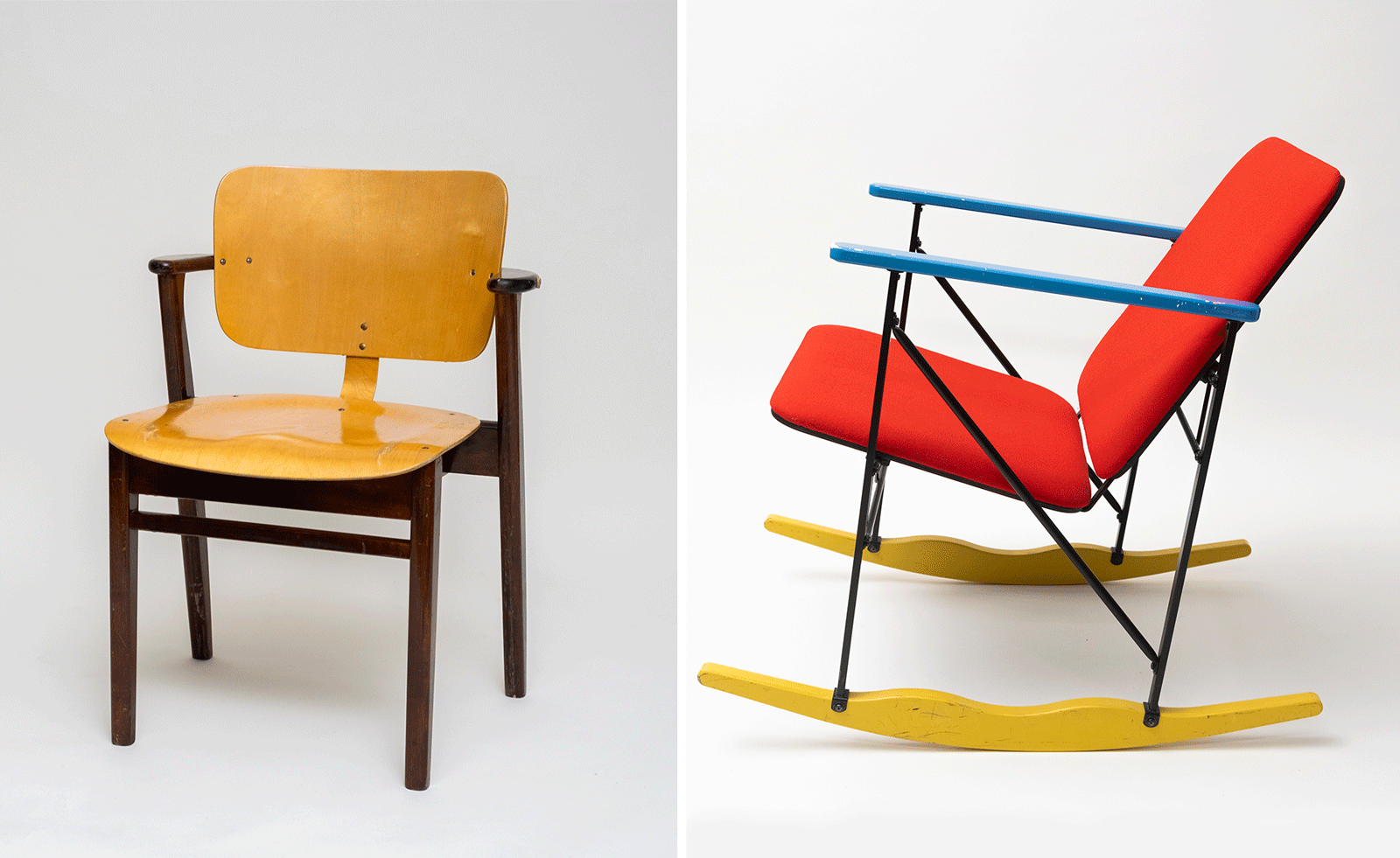 Pre-loved perfection: ten designs define a decade of Artek 2nd Cycle
Pre-loved perfection: ten designs define a decade of Artek 2nd CycleArtek 2nd Cycle, the brand’s platform for pre-loved design, celebrates its tenth anniversary with an exhibition, ‘Ten’ (until 6 November 2021), and an exclusive e-commerce pop-up
-
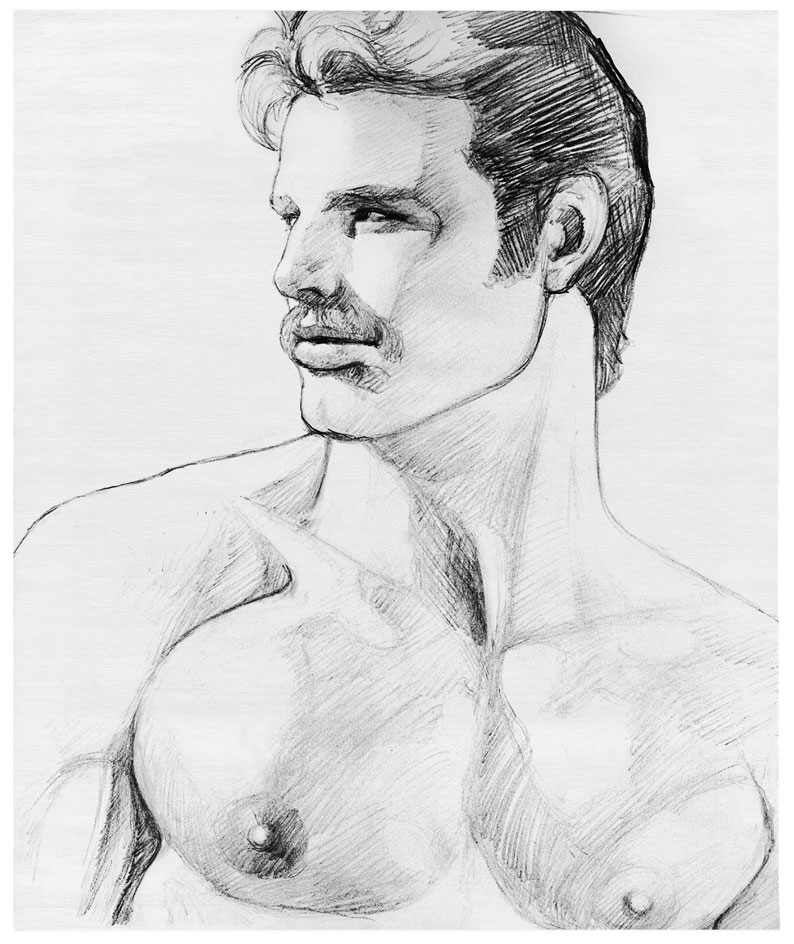 Macho man: Tom of Finland is latest to join Henzel Studio Heritage
Macho man: Tom of Finland is latest to join Henzel Studio Heritage -
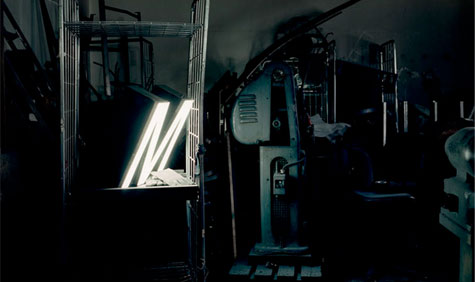 Fab 40: Character Lights, Finland
Fab 40: Character Lights, Finland